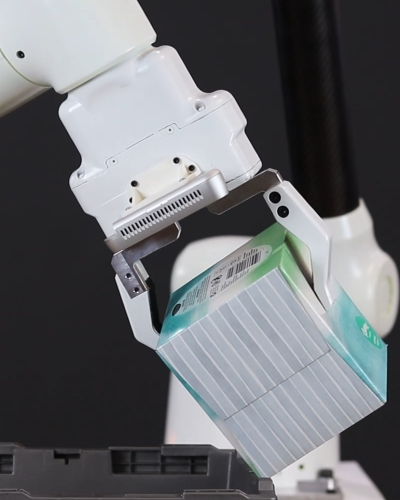Conventional Robots vs. Force-Control Robots
Robots are becoming increasingly common in our everyday lives. They are used in manufacturing, healthcare, and research, to name a few. However, there are two main types of robots: conventional robots and force-control robots.
Conventional Robots
Conventional robots are designed to repeat positions rigidly and blindly. They have no sensors to detect or measure forces, so they cannot tolerate variation and must be isolated from people. This means that they cannot be used in applications where there is a risk of contact with humans or other objects.
Force-Control Robots
Force-control robots, on the other hand, are responsive to their environment. They have force sensors that allow them to detect and measure forces, which makes them safe to work with and able to detect and adapt to variation. This makes them more versatile than conventional robots, and they can be used in a wider range of applications.
Advantages of Force-Control Robots
Force-control robots offer a number of advantages over conventional robots, including:
- Increased safety: Force-control robots can detect and react to unexpected forces, such as a person bumping into them. This makes them safer to work with than conventional robots.
- Increased flexibility: Force-control robots can adapt to changes in the environment, such as a surface that is not perfectly flat. This makes them more versatile than conventional robots.
- Improved quality: Force-control robots can apply the correct amount of force to a workpiece, which can improve the quality of the finished product.
Force-control robots in healthcare, physical therapy.
Robots based on force-control technology, like Optimo, have tremendous potential to improve the outcomes of robotic interventions. They enable smooth and compliant interactions, facilitating neurologically sound training. Roboligent’s force-control robot, combined with full or partial gravity assistance support, allows for resistance-free voluntary movement and provides smooth and safe assistance or resistance. This technology enables the realization of a variety of study-backed new exercises. For instance, it can be used to facilitate aquatic therapy, which is widely recognized by patients and therapists.
One of the major challenges faced by clinical practitioners in occupational therapy is the physical labor involved. Supporting a patient’s arm with two hands and repeating task movements is a demanding process that limits the number of repetitions in practical scenarios. Optimo can address this issue by closely mimicking human-like assistive behaviors that are compliant, adaptable, and safe. The robot can be easily programmed using a teach-and-follow program mode. Therapists can program the robot’s movement by replicating their own movements without the robot, and the robot can then reproduce the memorized action with the desired compliance setting.



